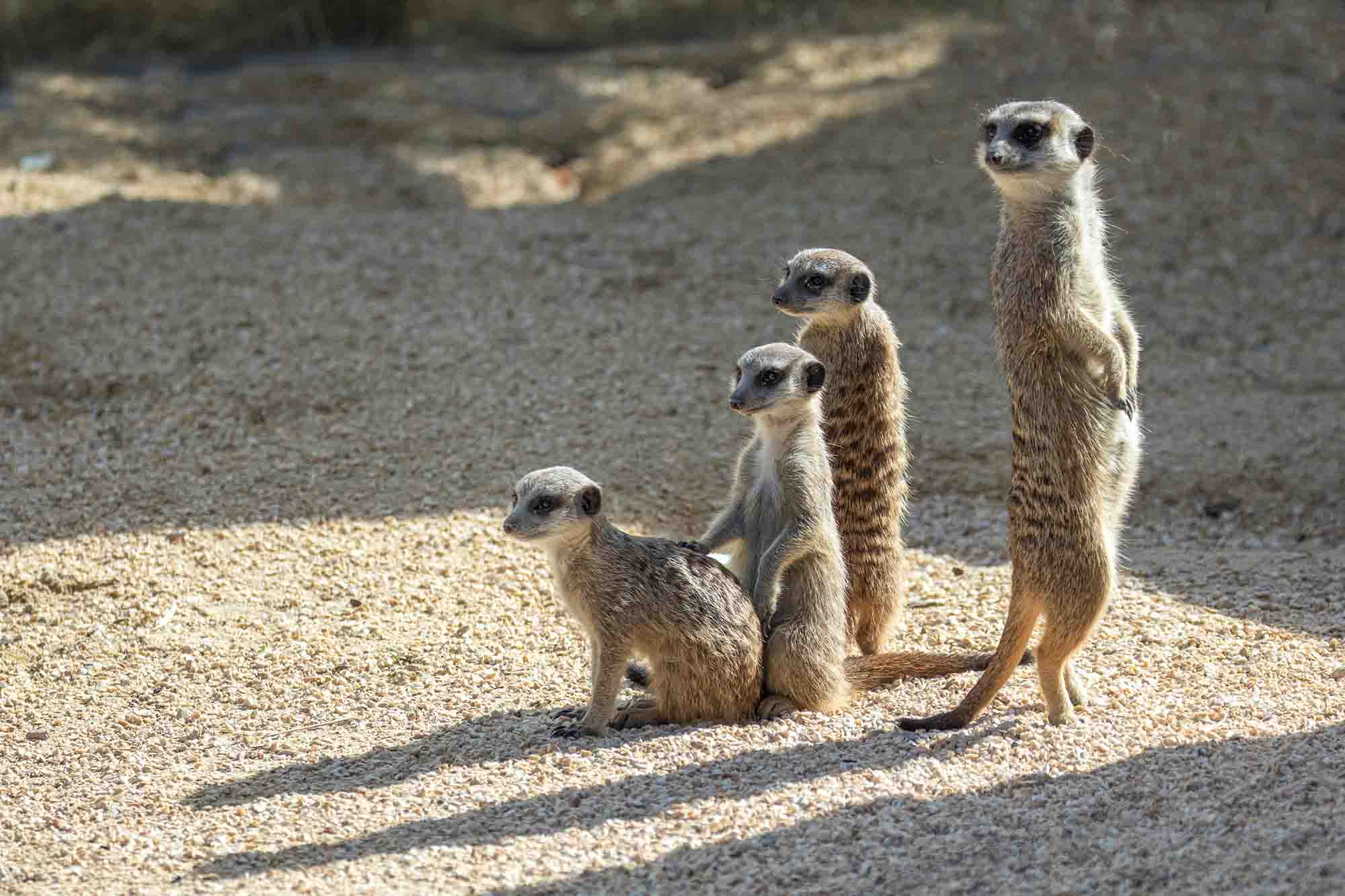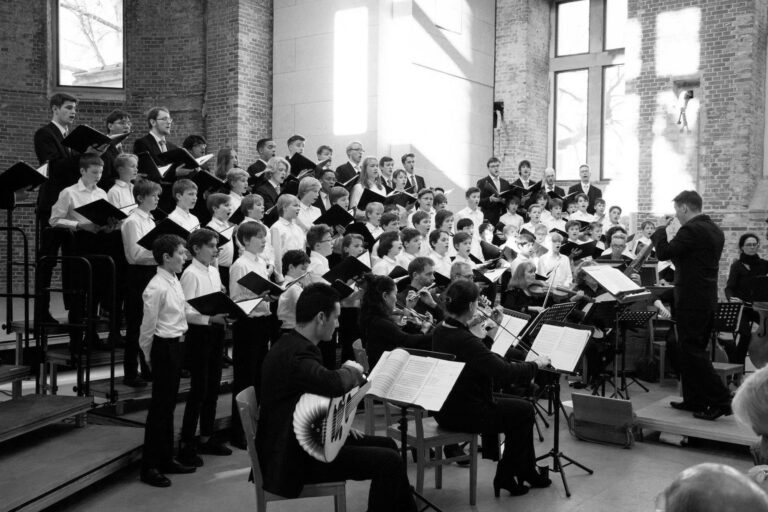Cute pack of meerkats assembles after a scientist plays their distinctive cry of warning on a small loudspeaker for research purposes.
In the footage from Zurich Zoo from 20th September obtained by Newsflash, Zurich University researcher Nikola Falk stands in the middle of the adorable visitor favourites’ outdoor enclosure.
When Nikola starts the short recording, the attentive pack immediately responds by issuing high-pitched barks as they gather.
Some of the meerkats can be seen positioning themselves on guard duty by standing on their hind legs to scour the landscape for danger and potential predators.
A few moments later, the group slowly disperses again.
Nikola explained: “In this project, we are studying the reactions of meerkats to the different types of warning cries.”
She added: “Their alarm system is highly sophisticated. They produce barks to make aware of winged predators but also terrestrial enemies.”
The researcher from Zurich University’s Department of Evolutionary Biology and Environmental Studies, explained: “There are different types of cries regarding their urgency.
“However, they also react to warnings issued from other species in their habitat.”
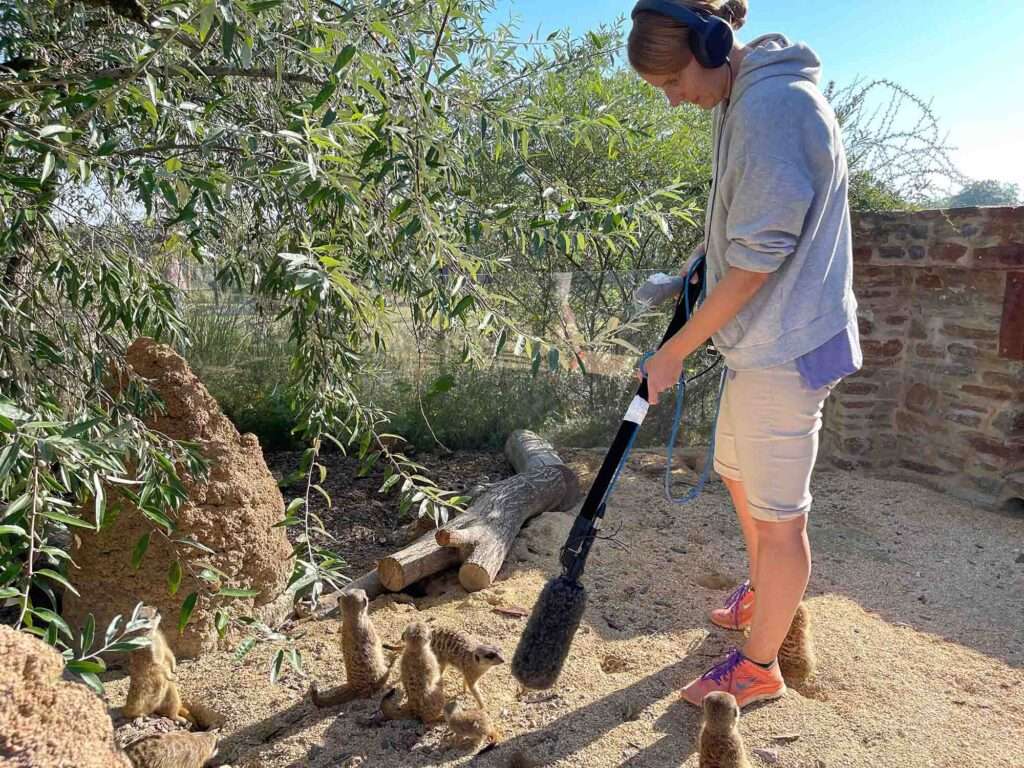

Nikola said: “We want to study it all in the wild as well as in different zoos. Our goal is to determine any potential differences as far as their reaction are concerned.”
Uni Zurich Biologist Anja Diefenbacher, who is also involved in the study, explained that little is known about the various types of warning cries and whether there are differences from pack to pack.
The researcher said: “We aim to find out more about how the cries of the young animals are developing.
“One of the main questions is whether they combine different calls or create new ones as they grow up.
Anja added: “We also want to determine whether young meerkats have their own calls. What we do know is that they express so-called ‘begging calls’ which are never heard from grown-up meerkats.”
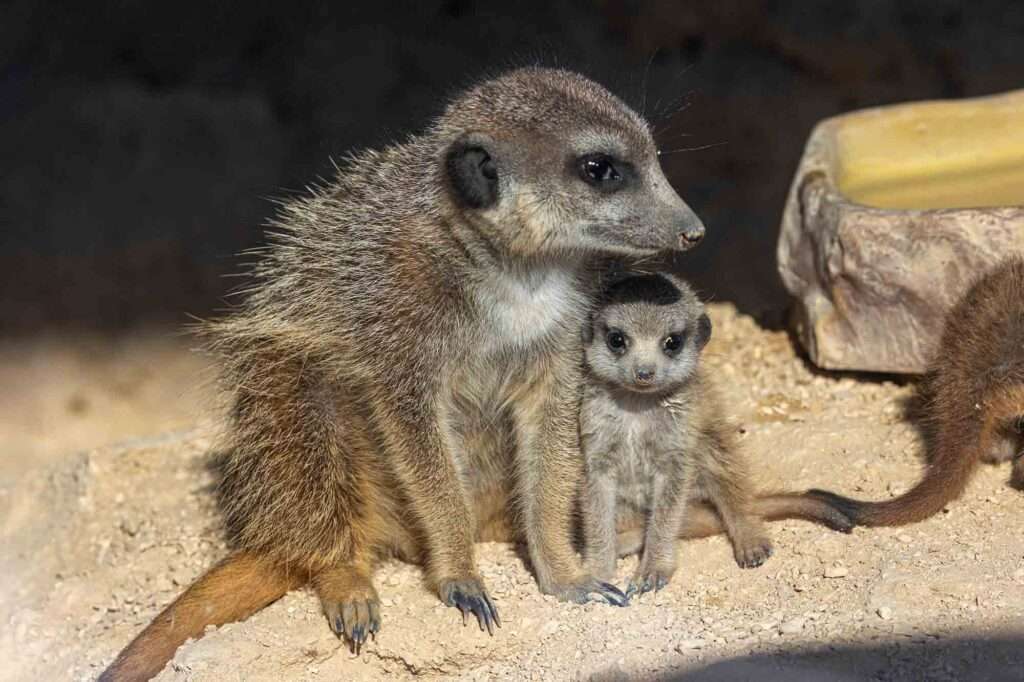
Meerkats (Suricata suricatta) are a type of mongoose found in South Africa, Botswana, Mozambique and Zimbabwe.
Their slender bodies are 25 to 35 centimetres (10 to 14 in) long. Measuring 18 to 25 centimetres (seven to 10 in), the tail of a meerkat is almost as long as its body.
Meerkats are highly vigilant and frequently observe their surroundings by turning their heads side to side while some members of their groups stand sentry.
Meerkat groups can consist of up to 30 individuals. However, the average size of a pack ranges between 10 and 15 animals.
Vocal communication plays a big role in the lives of these highly social creatures.
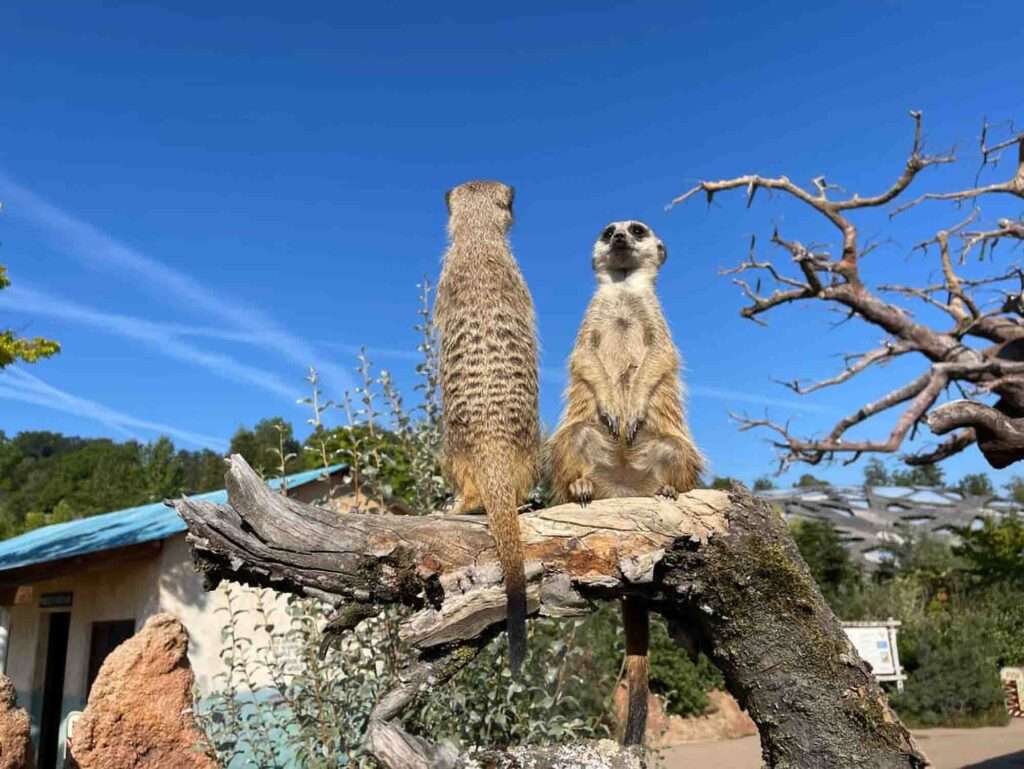
To find out more about the author, editor or agency that supplied this story – please click below.
Story By: Thomas Hochwarter, Sub-Editor: Michael Leidig, Agency: Newsflash
The Ananova page is created by and dedicated to professional, independent freelance journalists. It is a place for us to showcase our work. When our news is sold to our media partners, we will include the link here.

